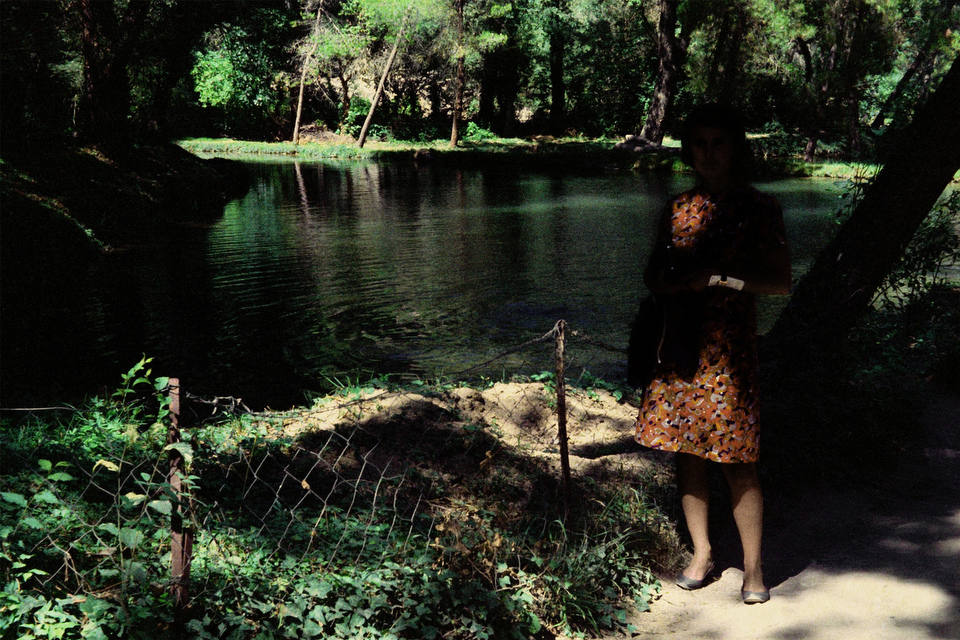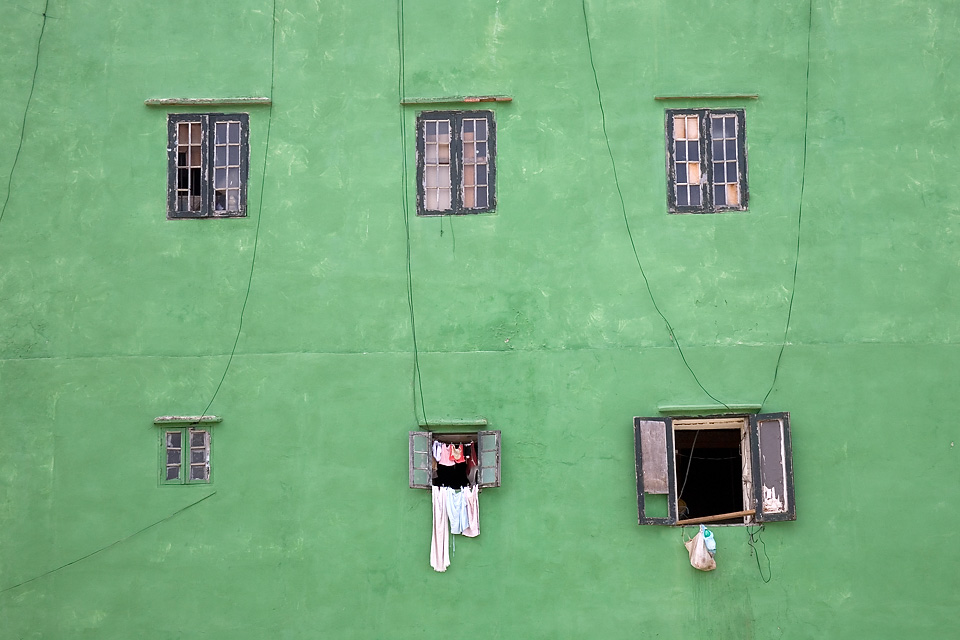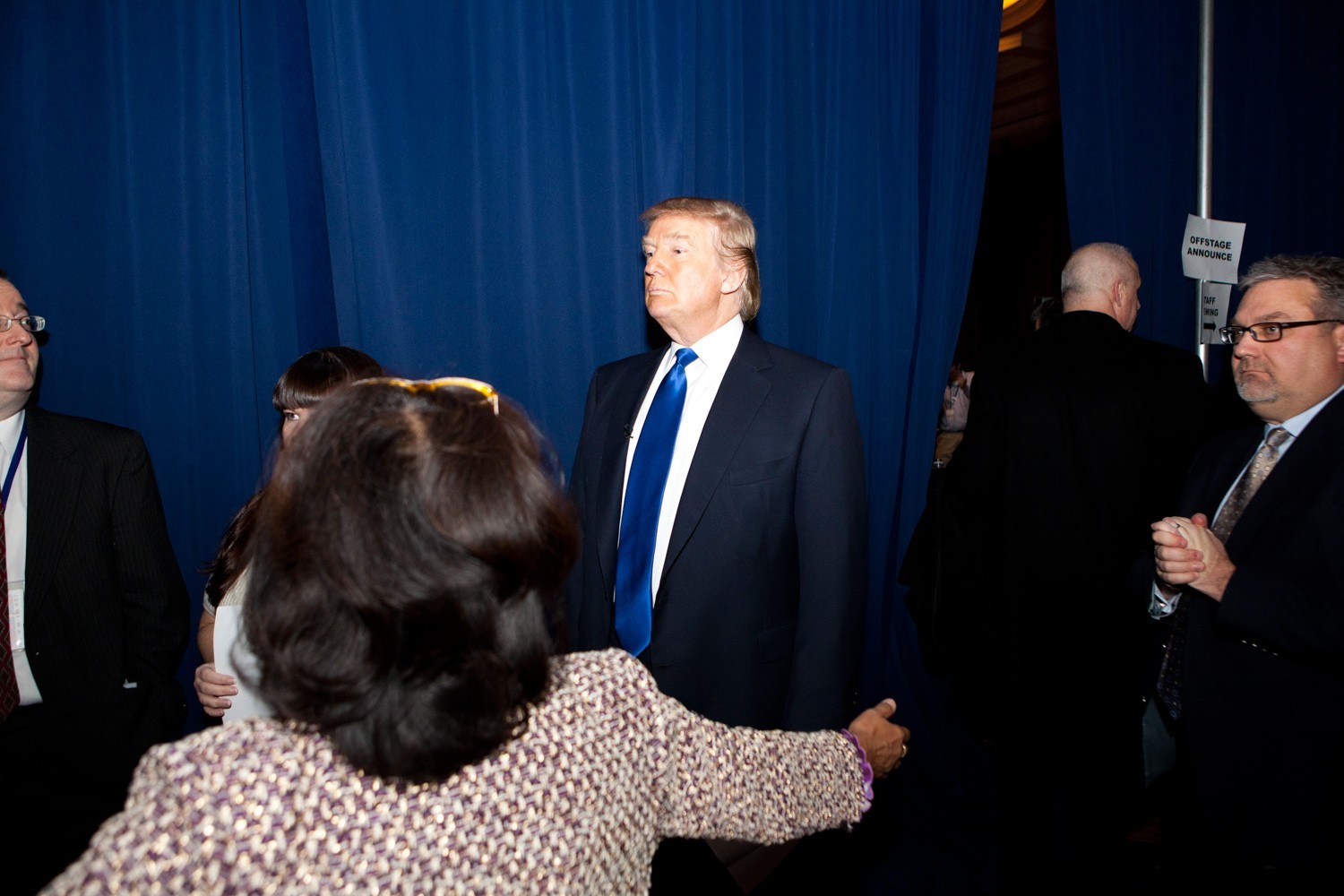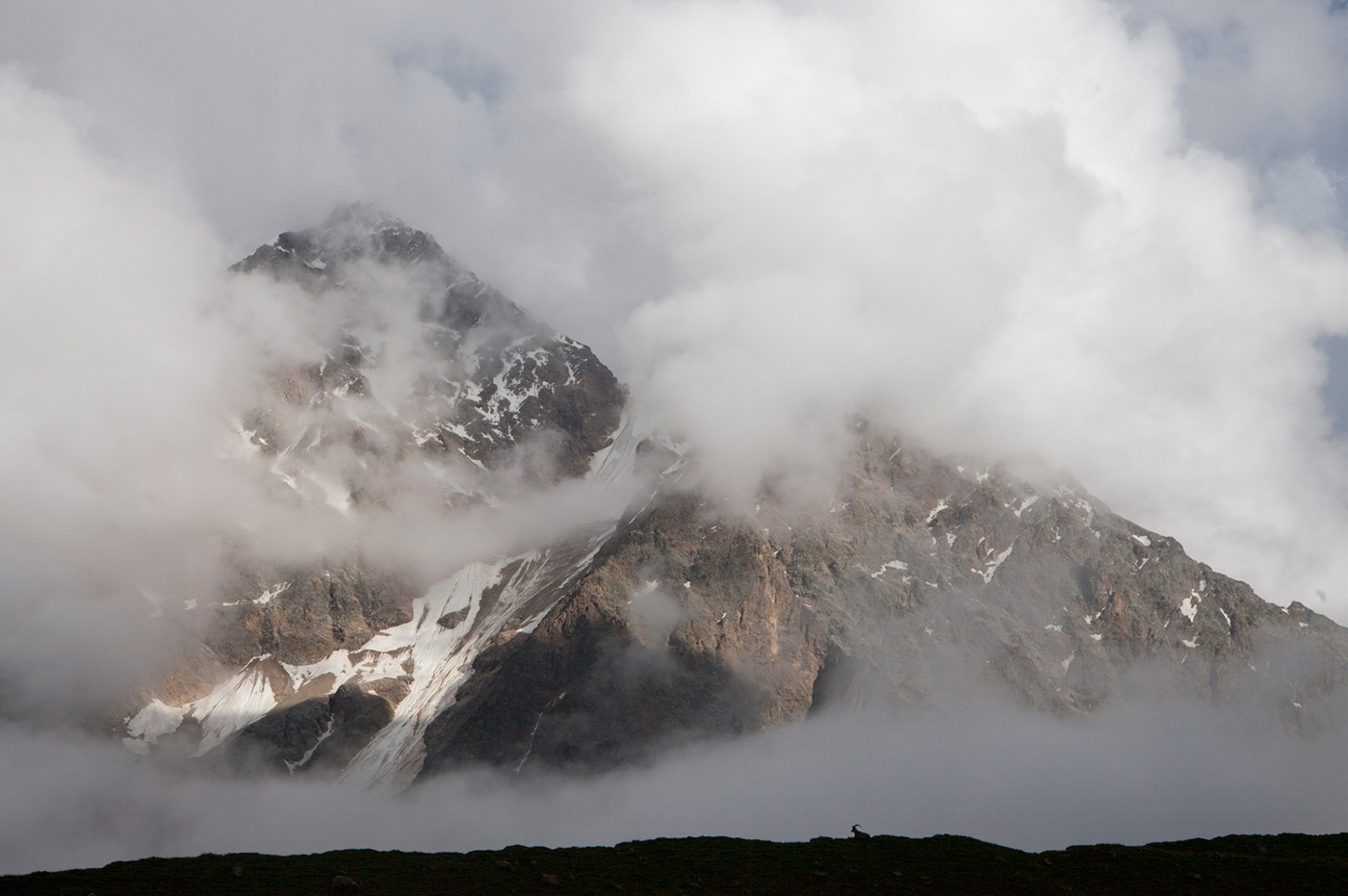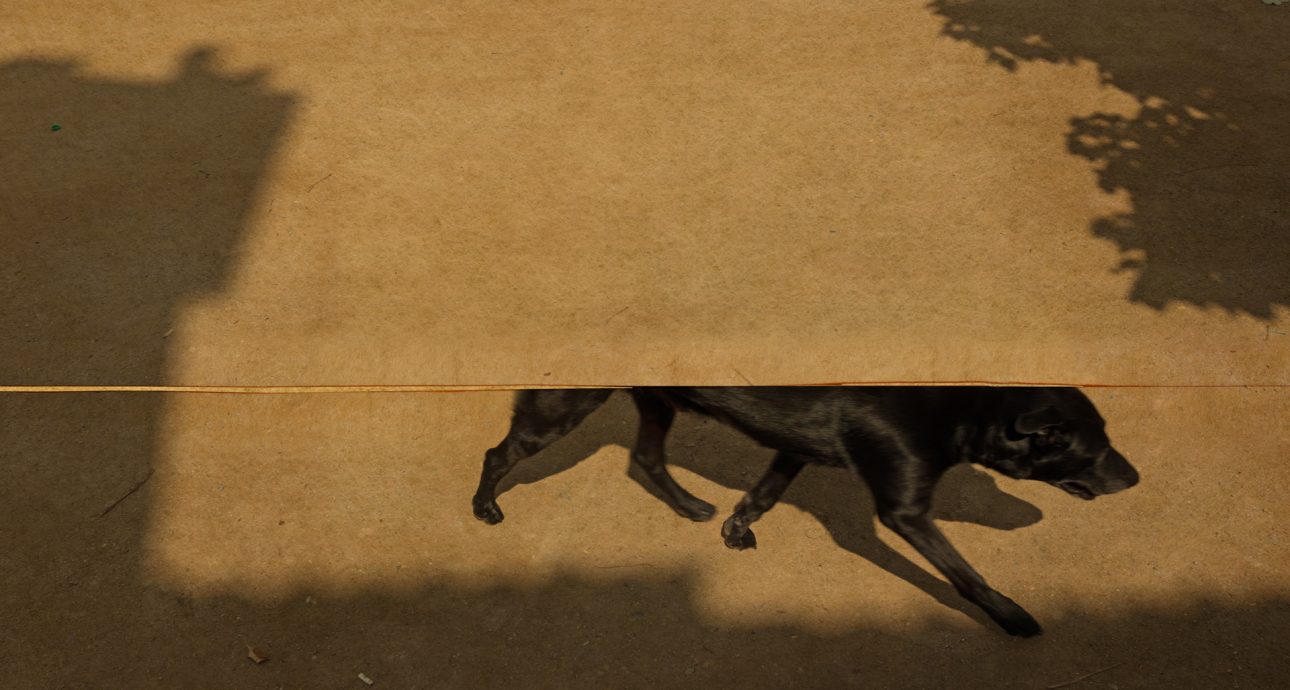
10 Favorite Photographs: Albarrán Cabrera

Photographers Anna Cabrera and Angel Albarrán have been working together as a collaborative duo for some 17 years. They are based in Barcelona. Angel’s primary specialty is computer engineering; English philology is Anna’s. The work of Albarrán Cabrera has been shown in galleries and photo fairs in Spain, Japan, The Netherlands, France, Germany, Lebanon, Italy and the United States.
From The Mouth of Krishna project
There is the story of the infant Krishna, wrongly accused of eating a bit of dirt. His mother, Yashoda, coming up to him with a wagging finger and scolds him: “You shouldn’t eat dirt, you naughty boy.” “But I haven’t,” says the unchallenged lord of all and everything, disguised as a frightened human child. “Tut! Tut! Open your mouth,” orders Yashoda. Krishna does as he is told. He opens his mouth and Yashoda gasps. She sees in Krishna’s mouth the whole complete entire timeless universe, all the stars and planets of space and the distance between them, all the lands and seas of the earth and the life in them; she sees all the days of yesterday and all the days of tomorrow; she sees all ideas and all emotions, all pity and all hope, and the three strands of matter; not a pebble, candle, creature, village or galaxy is missing, including herself and every bit of dirt in its truthful place. “My Lord, you can close your mouth,” she says reverently.
The rock portrayed in this picture, while we were visiting Kyoto, reminded us of this tale. The dust and white stains on top resemble a galaxy. In any part of the universe there is a whole universe — Hamlet saw infinite space in a nutshell; William Blake saw a world in a grain of sand, a heaven in a wild flower, and eternity in an hour.
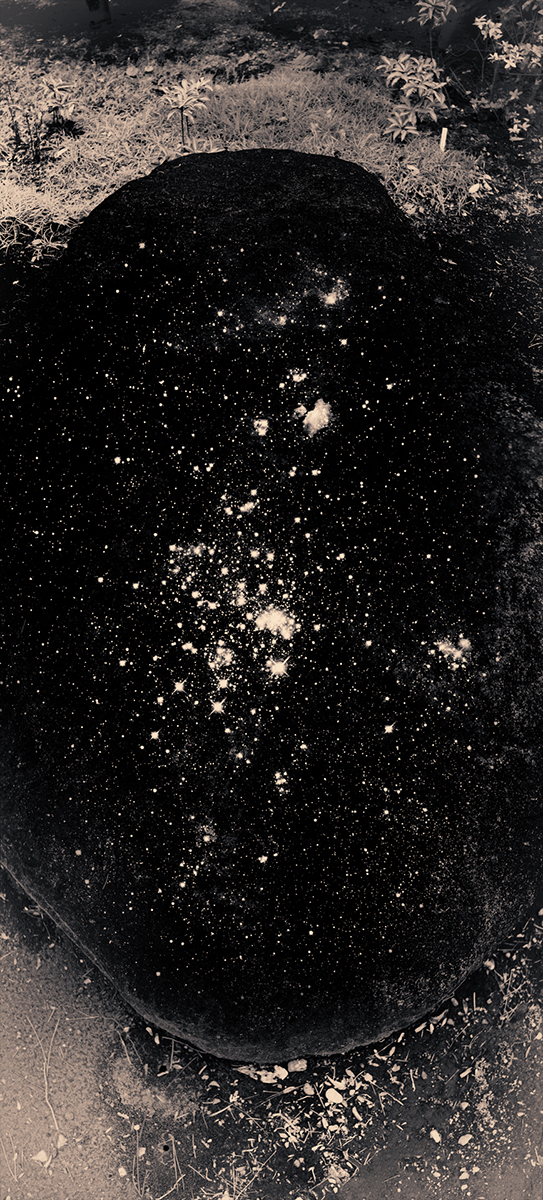
Every thought reorders the Universe
The way a photograph is interpreted is subjective and it is related to the culture, experiences and memories of the viewer. That means that we, photographers, can explain very complex subjects or the relations between them without using a specific verbal language that follows a linguistic code made of symbols and meanings.
Having no spatial references, it might be difficult to understand what’s happening in the picture below. Some people ask us if it is a “sandwich” of different negatives: several photos of dragonflies, a photo of the sky and a photo of stars. The picture, taken in a park, portrays two dragonflies and their reflection while flying over a pond where there is dust floating on the surface. That’s all. But our mind re-interprets what we see, creating a far richer and complex reality.
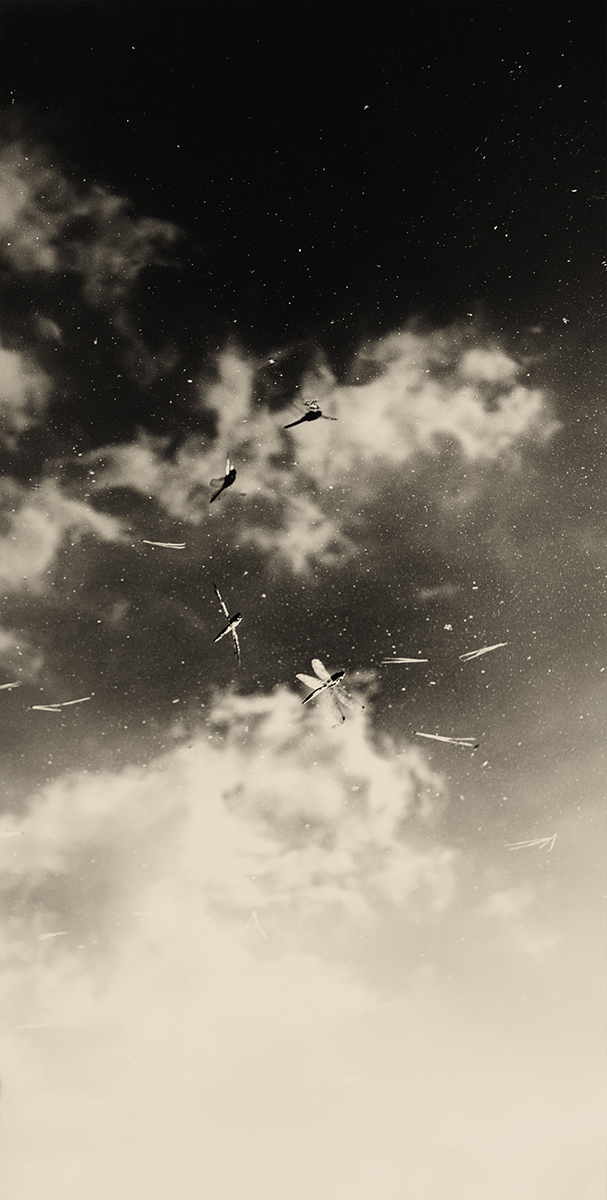
Perception alters reality
There is a gap between reality and what we understand as real. And photography, as Japanese dramatist Chikamatsu once said about art, lies in the frontier between the real and unreal, the true and the false. In this sense, photography helps us to “see” what is hidden from us.
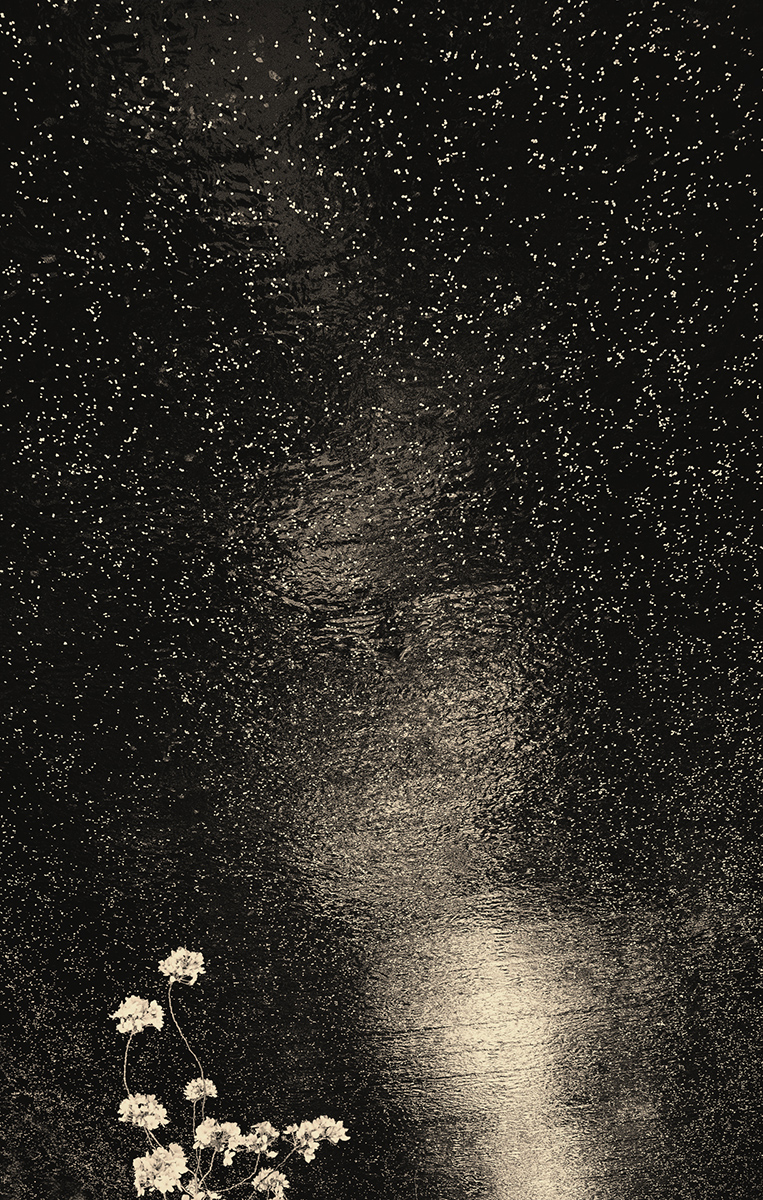
The real world has more to do with what is hidden.
Using photography we may not be able to answer the big questions about time, reality or space, but we are interested in exploring how a photographic image can make people think about their reality. Being aware is not just an important part of life; it is life as we know it. Using photography, we want the viewers to increase empathy and arouse interest towards their reality.
This picture shows Mount Fuji seen through a blossomed cherry. As in the case of Hokusai’s work “36 Views of Mount Fuji”, the sacred mount is a small detail in the background. In fact, the composition of this picture is an allusion to “Under the Wave of Kanagawa”. But it is the cherry blossom, hidden by the lens blur, that gives us the most relevant information: it is spring.
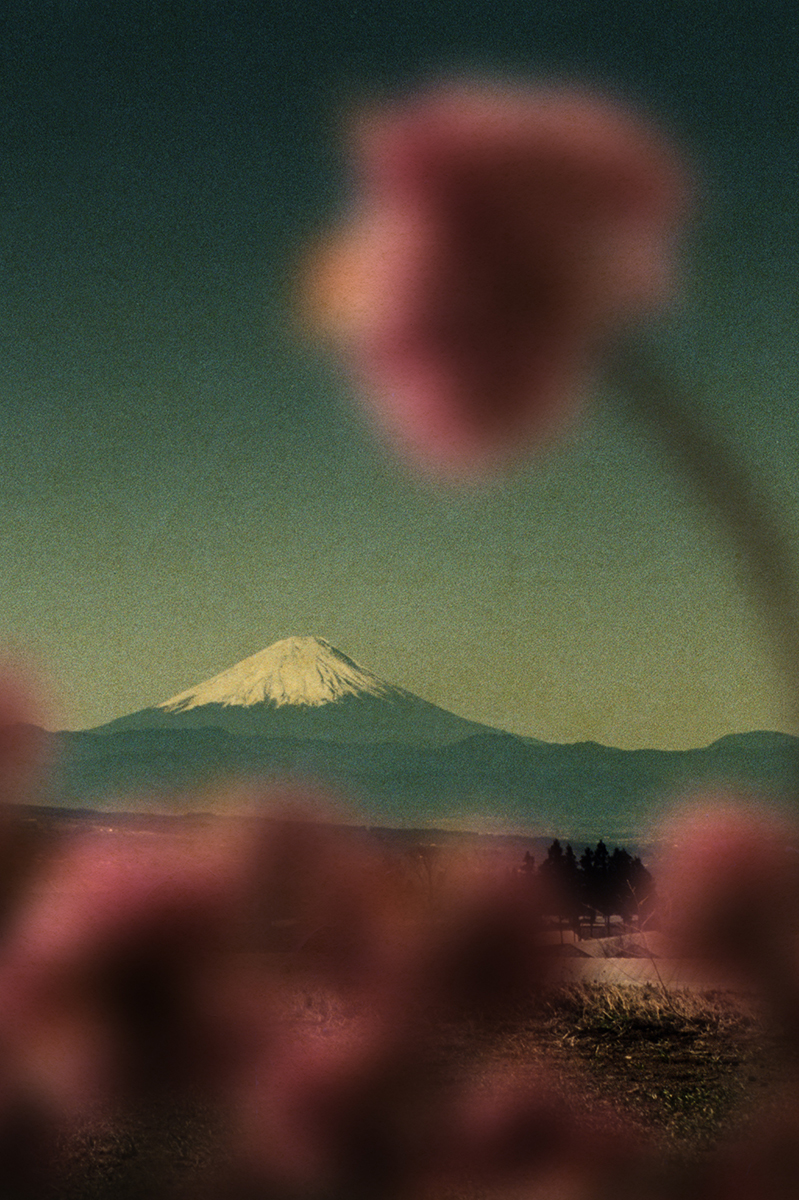
From This Is You project
When we look at a photograph related to our experiences, our intangible and unreliable memories surrender to the printed image. The concrete photographs replace our abstract memories and our identity is certified by that set of photographs.
Some time ago, a friend gave us some negatives and old postcards he had found inside a picture wallet in the trash. After scanning the negatives, we found they were family portraits taken about 40 years ago by an amateur photographer. All shared a common feature: they were underexposed, so it was really hard to recognize the people pictured. The family could be anyone. Those moments, that formed part of the photographer’s identity, could also be ours. So, we decided to use our own photographs along with the anonymous ones, unifying all of them using the same printing process and thus, generate the identity and memories of someone who never existed.
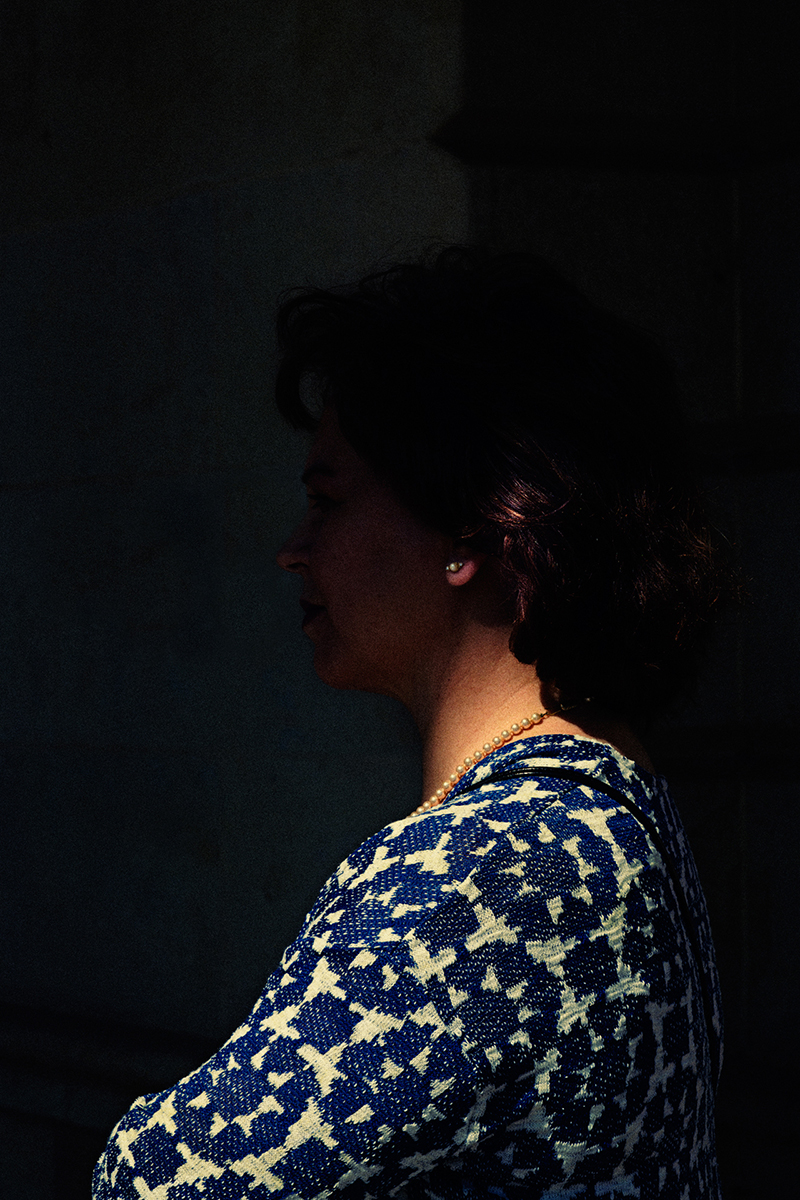
Memories were waiting at the edges of things, beckoning to me
We are particularly interested in memories. We want to play with the memories of the viewer to construct a representation inside their minds. Of course we will never know what the final result will be, because any person has different memories and has grown up in different cultures and environments. With multiple interpretations of experience comes multiple realities — there are as many different realities as there are people. We want our images only to be the bare bones of this mental construction. When taking the pictures belonging to this portfolio, we use centered composition, unleveled horizons, backlight illumination, underexposed subjects… All this doesn’t create a “bad” picture, but the illusion of non-staged images that remind us of family album imagery.
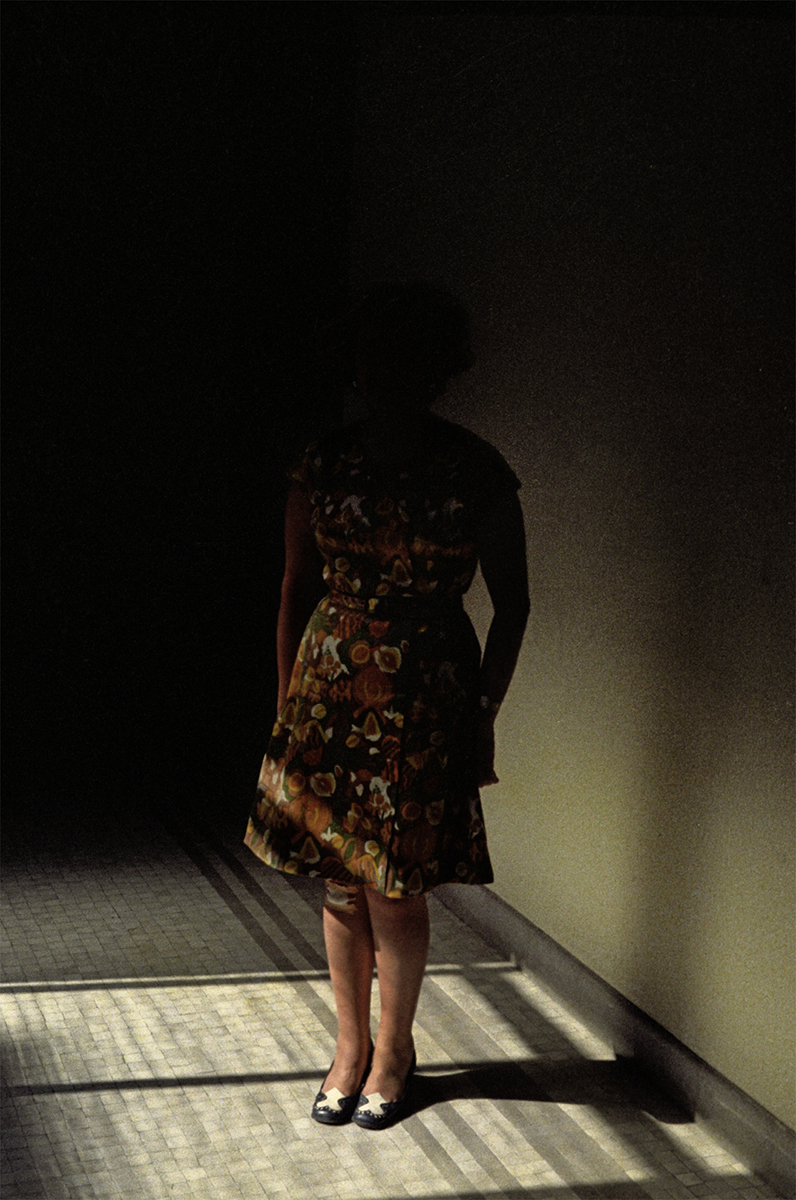
That’s me
My grandfather was an amateur photographer who used a wooden view camera to take photos. When I was about 8, I became his “assistant”, which only meant to hold a leg of his tripod. I recall those moments in which I was the subject photographed, then showing me a piece of paper still soaked with fixer and he would tell me: “This is you.” That statement which seemed more than obvious at the time, began to gain significance as the years passed. My grandfather is gone and I am unable to clearly remember what I experienced in the past. So now to remember who I am, I need to look at that picture and then I can state: “That’s me.”
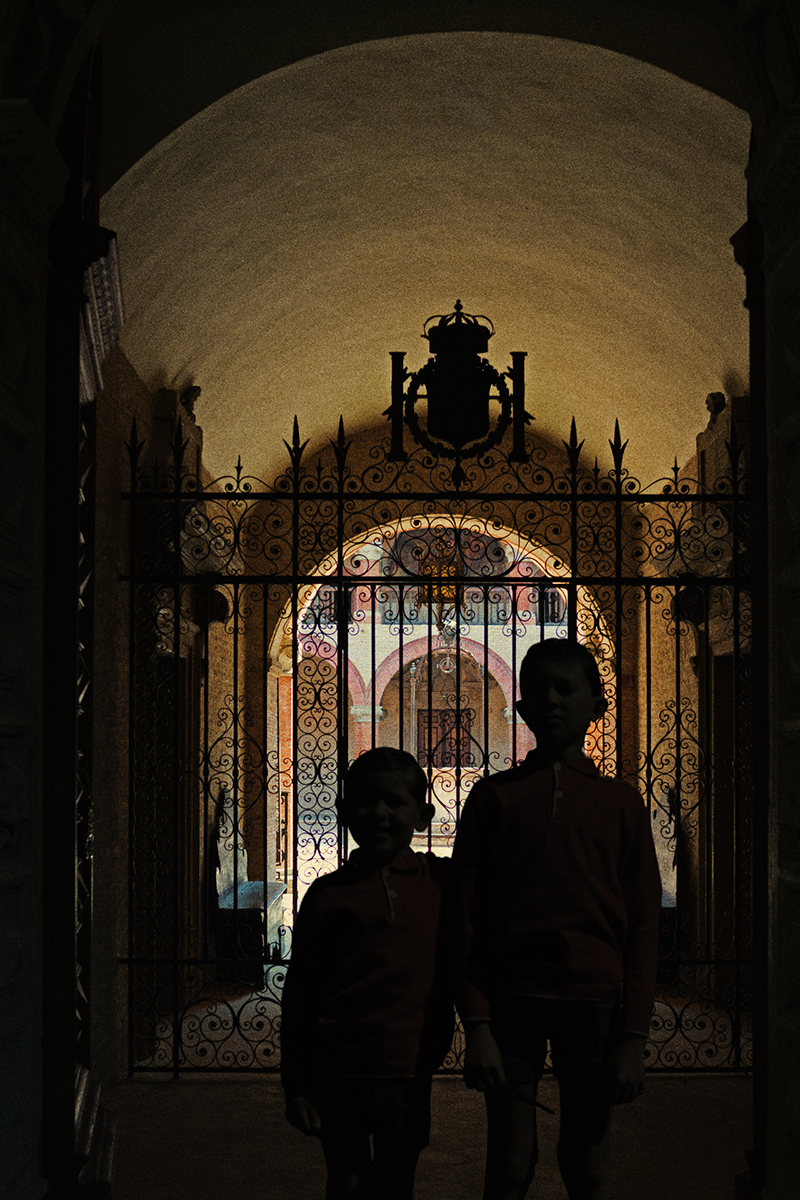
From KAIROS project
(Kairos is an ancient Greek word meaning the right or opportune moment — Ed.)
When writing to a friend about Ulysses, James Joyce once said: “There is no past, no future; everything flows in an eternal present”.
In this series, we use photography to represent the concept of the ‘Eternal Present’. ‘The Now’ which the Greeks called Kairos — καιρός — to differentiate it from ‘time’ — Chronos.
The challenge lies in translating into photographic terms an abstract idea as the ‘Eternal Present’. Two photos of the Great Buddha of Kamakura gave us the key: we put together two portions of two consecutive photographs which represent a past and future moment with respect to a present time. The ‘Eternal Present’ is depicted by the line between the two pictures. The perception of this line, like the fact of ‘seeing the present’, can be more or less obvious, but the less visible it is, the further from the truth our reality is.
When human beings focus only on the past or the future, they are unable to ‘see’ the ‘Now’. Only Buddha, in his eternal meditation, seems to exist forever in the ‘Now’.
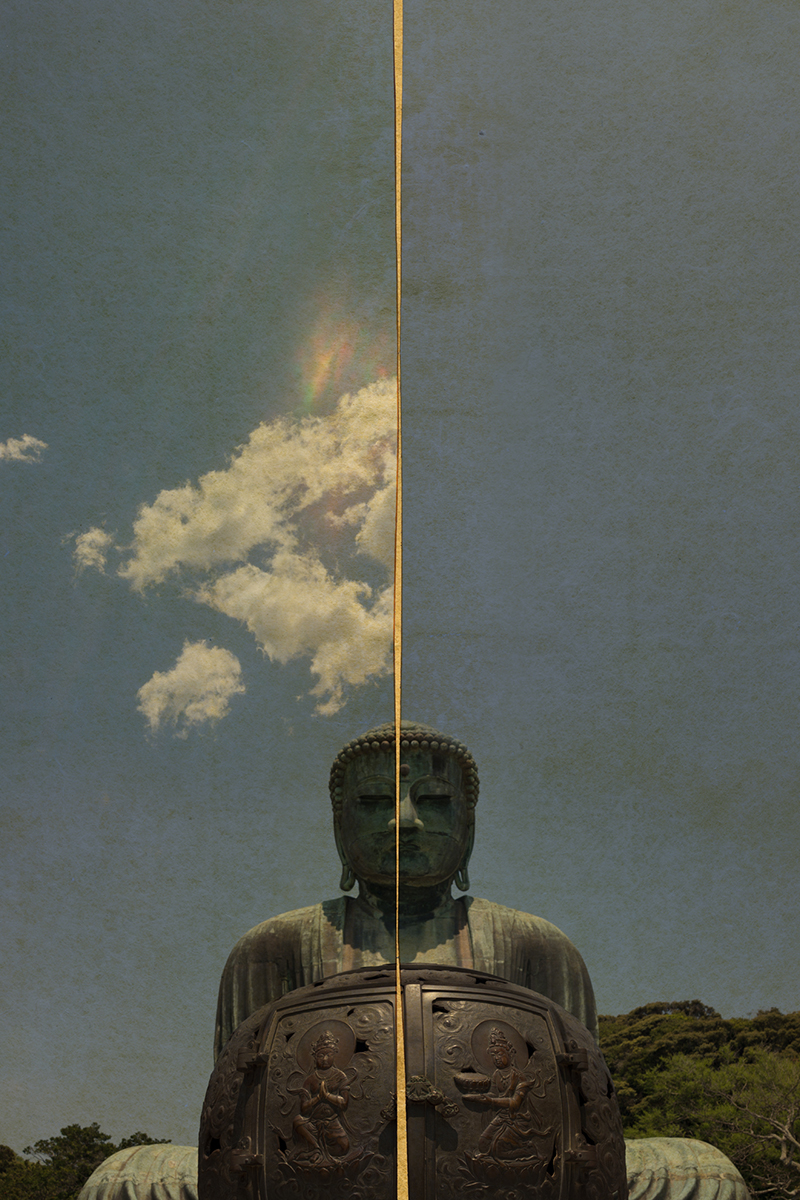
Time is an illusion
We have created images that are not a faithful representation of reality, a metaphor of the fact that past and future are not real. Past and future only exist in the mind. As explained by St. Augustine: “we are drawn into the past by our memories and extended into the future by our expectations.” This doesn’t let us experience the ‘Eternal Present’ which is the only truth in our perception of time.
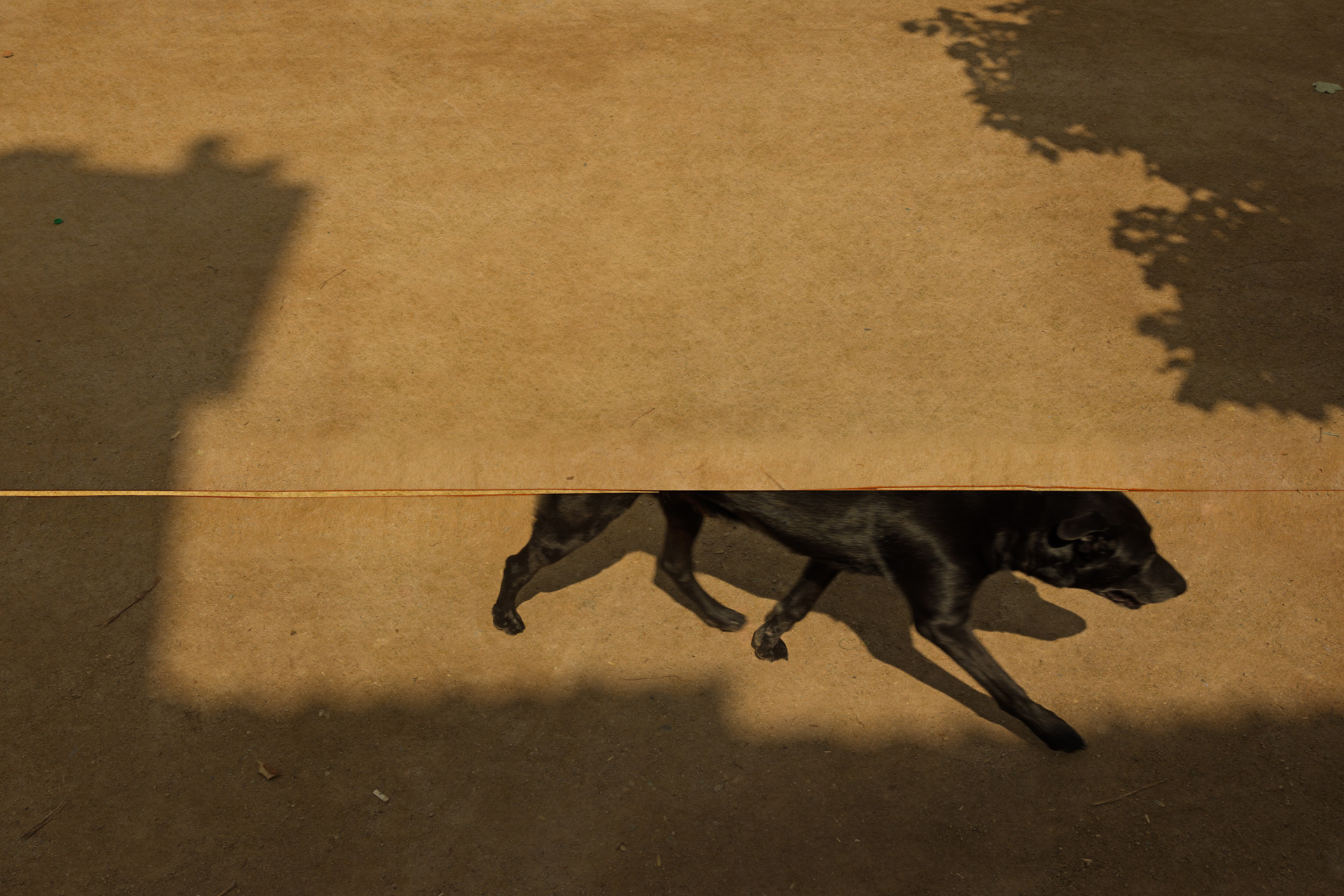
If it is in a photograph, it is real
Whenever we think of a photograph we think of a real event, we think we are looking at something that really took place, although we also know the images are constantly manipulated. “If it is in a photograph, it is real”. This fact gives you a lot of power to explain concepts that are difficult to explain using a different language.
These two shots of the same forest were taken in two consecutive moments. Piecing them together we create an unreal image. When our brain tries to interpret them, it is facing the same challenge that when we are living between past memories and future expectations.

New and best
